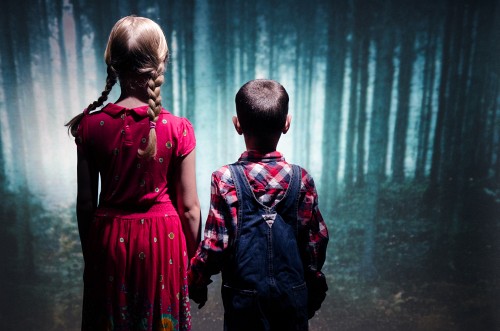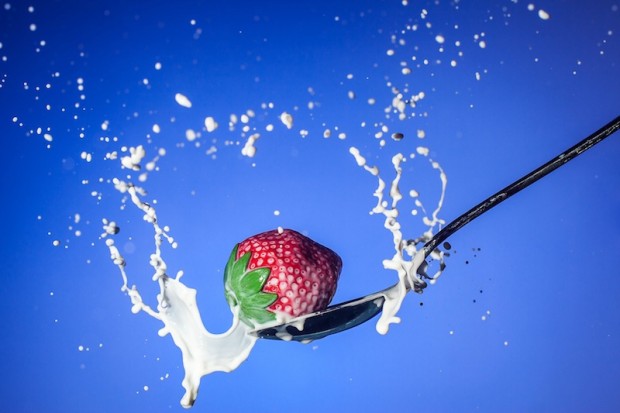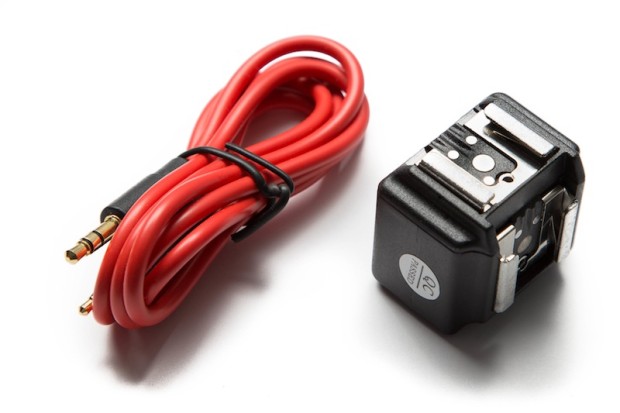Perusing my copy of the Guardian yesterday afternoon, my eye was caught by the Open Door column where the readers' editor addresses readers' suggestions, complaints, and concerns. Yesterday, Chris Elliott, said readers' editor, was responding to criticism of the use of generic photos to illustrate news stories. As it happens, it is hardly a condition restricted to the Guardian. Before the 'Your Letters' section of the BBC website was so cruelly snatched away from us earlier this year, someone would pipe up every time that 'Drunk Girl' was used to illustrate an article, usually pertaining to binge drinking. At the end of June this year the ever-insightful Liz Gerrard wrote about the endangerment to photojournalists by news publications through the persistent use of generic images.
Back with the Guardian, the dissatisfied reader had asked the question 'How many stories can be illustrated by the same picture?' before now without receiving a response, but had been riled again by the use of a photograph of Angela Merkel gesticulating towards David Cameron that was illustrating an article headlined 'GCHQ surveillance: Germany blasts UK over mass monitoring'. On closer reading, Angela Merkel hadn't come close to remonstrating with David Cameron over the issue; rather, the German justice minister had written to the UK justice secretary and home secretary about things. It was an old image hauled out to give life to the story.
Exactly how fair is this practice?
Elliott responded by stating there are rules to ensure that readers are not misled by the images attached to articles. Specifically: 'Photographs: digitally enhanced or altered images, montages and illustrations should be clearly labelled as such.' Well that's a relief to know. But what about the accuracy of an unadulterated image as it pertains to a story?
He also referred the complaint to a senior sub-editor who is responsible for web content. Her reply was that images are crucial for SEO purposes and all online stories should have one. As a consequence, the use of generic pictures and 'identification shots' to illustrate stories when there are no live images is quite common. Her comment on the image in question is a little perlexing, however: 'I would have thought that a picture of Cameron with Merkel, even if it wasn't live, would be a legitimate way of illustrating a story about the two of them (though [the reader's] complaint seems broader – that she wasn't involved as much as we suggested) – especially if the caption makes no claims it happened yesterday/today.'
So, was it or wasn't it a legitimate use of the image? The senior sub-editor doesn't address this directly. I'm inclined to agree with the reader: the link between the image and the article is too tenuous to be sustainable. But Roger Tooth, the Guardian's head of photography, has a different interpretation:
Surely the point is that an intelligent use of photography means that we don't have to be too slavishly literal. In the case of Cameron/Merkel they are symbols of, as well as leaders of, their respective countries. Pictures are very often used in the Guardian in an illustrative way.
There is something that rankles with me about this comment. Illustrative photography is entirely respectable in certain situations, for example feature articles, but when you're dealing with hard news stories, it's often the image that acts as the reader's lever into it. For this reason, there is a reasonable expectation of accuracy between the photo and the copy. It isn't just a case of luring eyeballs towards an article under less than faithful pretences, but also about conveying an accurate version of events, especially if people don't go on to read the entire piece.
With respect to the specific image mentioned by the Guardian reader, there's something disingenuous about its use because it suggests that the contretempts took place at the highest level when really it didn't. In this case, illustrative picture use doesn't do the story justice. On a more general level, the use of broad 'illustrative images' does little to support the integrity of news publications and even less for the straightened circumstances in which news photographers now find themselves.
Even if editors aren't deliberately manipulating the use of images to support copy, the continued, careless deployment of pictures is only eroding the validity of the press at a time when it can scarce afford to be blase. No, it isn't the most significant obstacle that the press faces right now, but it's one that does have an impact on the public perception of the journalistic craft. And it isn't a difficult fix.






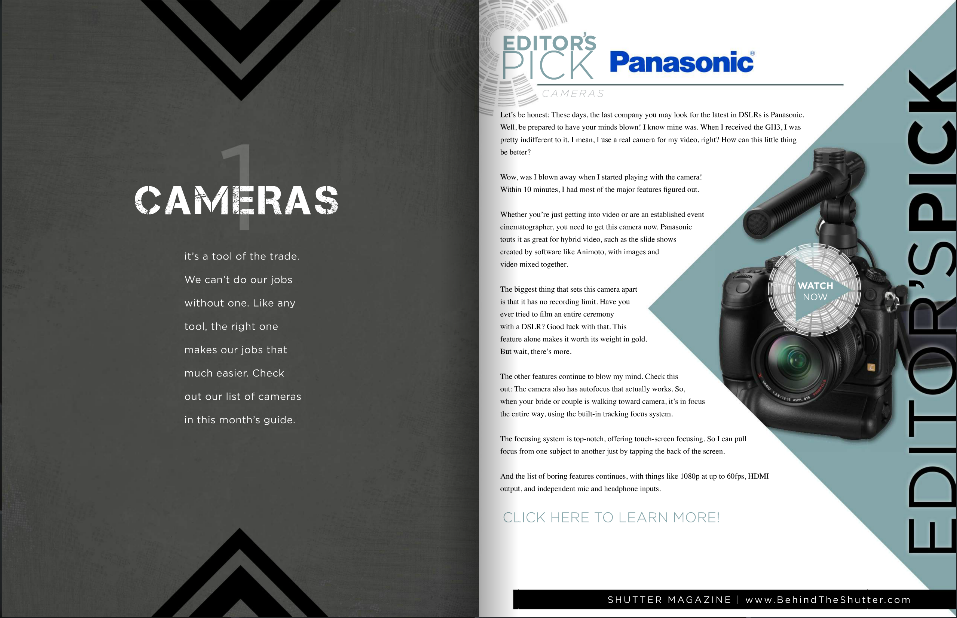
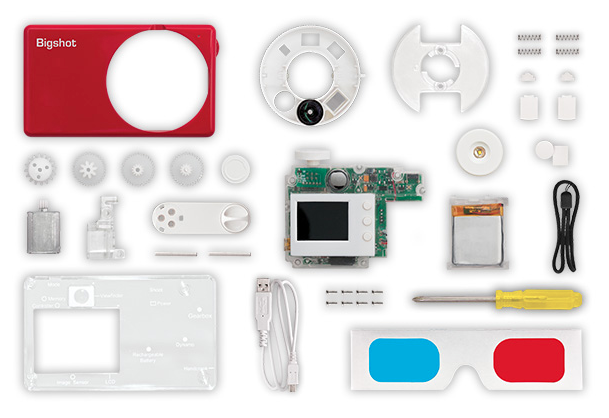

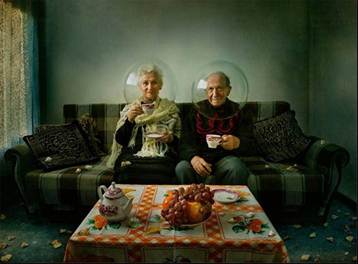
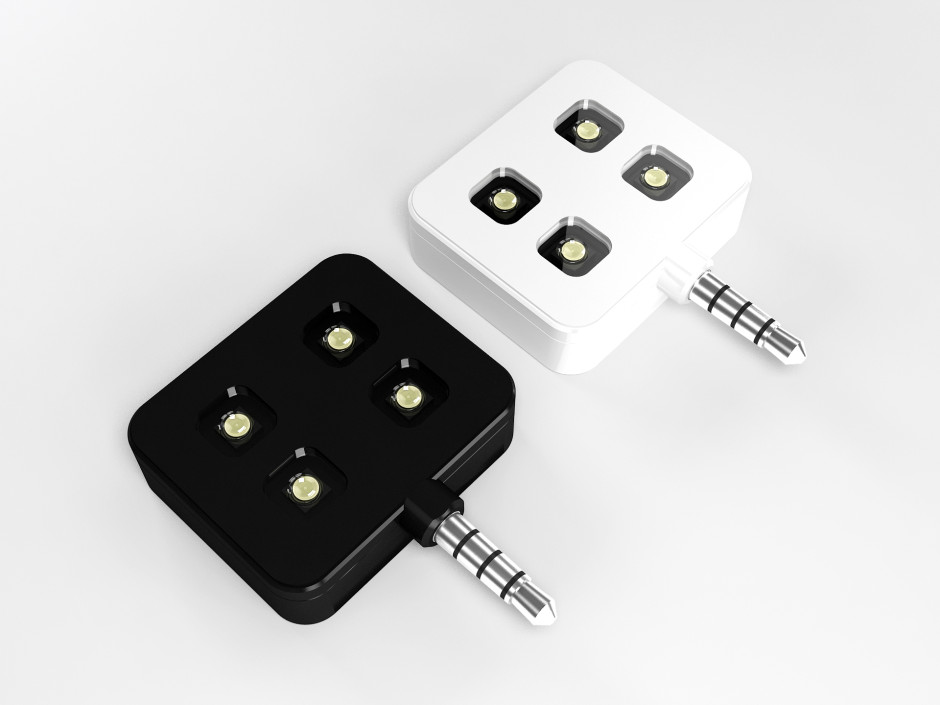
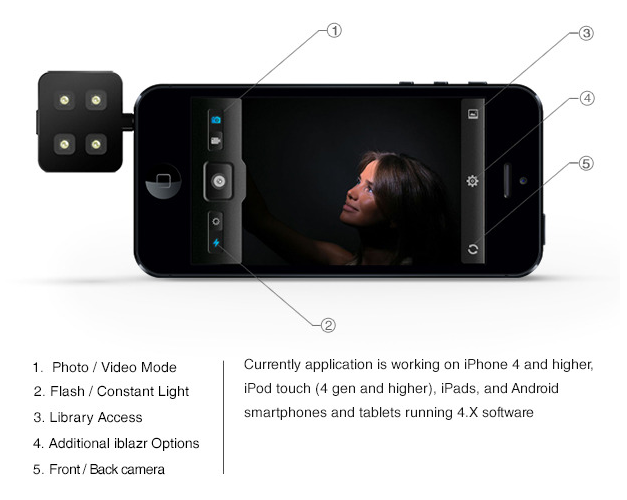
 When Metroprint, a British-based photographic print service, launched its Instagram print service in November last year, I did rather haul it over the coals. For a start, when I first gave it a go, I couldn't order prints direct from my smartphone, but had used a desktop interface, and when this piece of bad design or flawed planning was finally rectified, the interface sucked. I was far from impressed. You can probably tell from
When Metroprint, a British-based photographic print service, launched its Instagram print service in November last year, I did rather haul it over the coals. For a start, when I first gave it a go, I couldn't order prints direct from my smartphone, but had used a desktop interface, and when this piece of bad design or flawed planning was finally rectified, the interface sucked. I was far from impressed. You can probably tell from 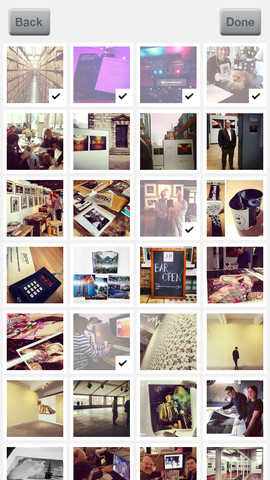 First impressions are indeed favourable. You hook up with Instagram from the app, select the images you'd like printed, opt for glossy or matt, upload the images, and pay via Paypal. Prints are 42p each. UK delivery is £2.65, European delivery costs £5, and anywhere else in the world is £5.50. You would, therefore, do well to bulk order as it's a little pricey for a single 5×5 print.
First impressions are indeed favourable. You hook up with Instagram from the app, select the images you'd like printed, opt for glossy or matt, upload the images, and pay via Paypal. Prints are 42p each. UK delivery is £2.65, European delivery costs £5, and anywhere else in the world is £5.50. You would, therefore, do well to bulk order as it's a little pricey for a single 5×5 print.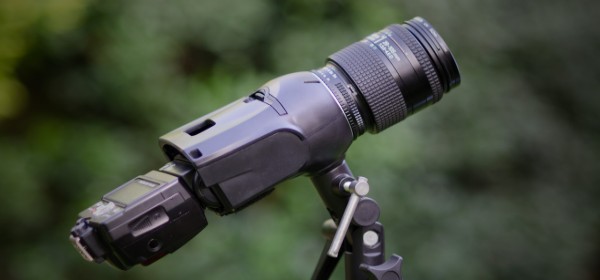 What do you get when you combine old 35mm slides, a speedlight, a lens, and the genius of the
What do you get when you combine old 35mm slides, a speedlight, a lens, and the genius of the 